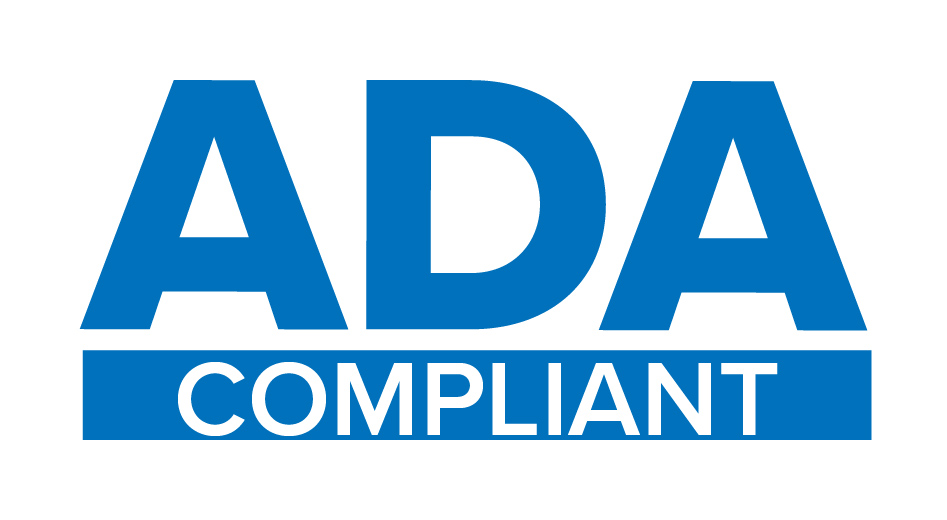As we look around, we are surrounded by newness – a new year, new presidential administration, new Congress, new state legislature and new opportunities and challenges.
As they say the only thing constant is change, but, in some cases, what remains the same are the issues we must fight for to help make Oklahoma the best state it can be. Oklahoma is a state of great need.
We are ranked 49th in the nation in education 46th in public health. We fall in line sixth for poverty; in fact, one in five Oklahoma children live at or below the federal poverty level, according to U.S. Census data.
These problems do not occur overnight, and there is no one-sizefits- all solution to solve them. They are familiar to us and even more familiar to our neighbors who live with these issues every day.
Nonprofits are central to addressing these issues. While some nonprofits can be eligible for various forms of government funding – decreasing dramatically after the end of COVID-related support – many nonprofits rely on donated and earned income sources to stay afloat and provide what can be life-saving services to Oklahomans.
For many, cutting staff and budgets can have catastrophic consequences. As we start 2025, the nonprofit sector is as vital to our citizens and to our economy as ever. However, in some ways, the situation is dire.
The economic effects of COVID, combined with historic inflation, unprecedented facility costs, high interest rates and other challenges are delivering a one-two punch for nonprofits, which are experiencing not only the same hit to their pocketbooks as businesses and individuals but also seeing drastic decreases in donations.
Fewer Americans are making charitable donations and in smaller amounts than earlier in our lifetimes – the share of U.S. households reporting donating to nonprofit organizations has tumbled in the span of one generation, with fewer than half (about 30 percent) reporting donations in 2023 as compared to 2000.
Further, in many cases, philanthropic totals in recent years are skewed by major donors offering very large gifts.
This is wonderful, needed and more appreciated than the sector can say. However, relatively speaking, these gifts are often concentrated with a relatively small number of organizations, and there is much more work – and more good – to be done. Volunteerism is also down – more than a quarter of people involved in volunteering before the pandemic ceased volunteering during the pandemic, according to the Urban Institute, and numbers are not bouncing back.
In 2023, almost half of nonprofit CEOs reported volunteer recruitment was a major challenge for their organization.
All these things together suggest that, in addition to economic challenges and increased demands on our time and attention, engagement with the nonprofits that buoy our communities has room to bounce back.
Fortunately, as someone who has spent her life volunteering for nonprofits who is also entering her 15th year leading the Oklahoma Center for Nonprofits, I happen to think the Oklahoma Standard can see us through these challenges as it has seen others through challenges in the past. But nonprofits can’t do it alone.
This year, let’s all resolve to find a bit of time to volunteer and donate what we can to a cause near our hearts. And, if that’s just not possible right now, call your state senator or representative during legislative session and let them know how important your favorite nonprofits are to you and your community. Together, we can all make a difference.



